What is “Parboiling” of rice?

Parboiling is a cooking technique that involves partially boiling food items, usually grains or vegetables, before finishing the cooking process using another method such…

Parboiling is a cooking technique that involves partially boiling food items, usually grains or vegetables, before finishing the cooking process using another method such…
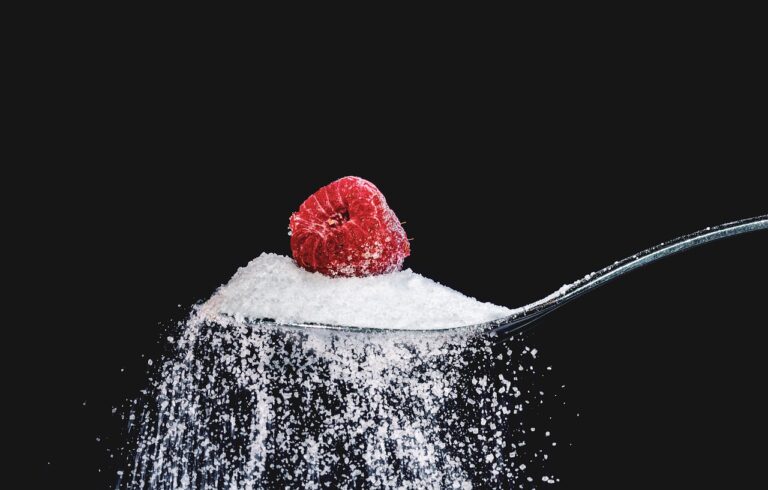
What is sugar? Sugar is a sweet and crystalline substance that plays a significant role in our daily lives. It is one of the…
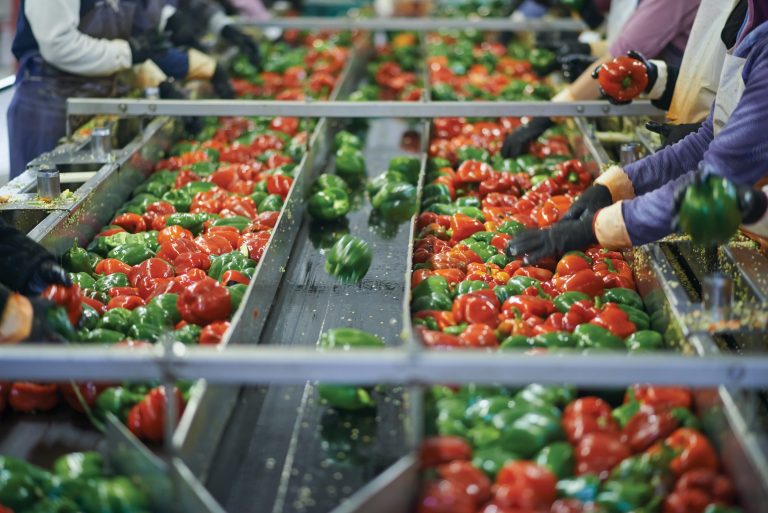
Highlights What is food preservation? Food preservation refers to the set of techniques and processes used to extend the shelf life of food products…
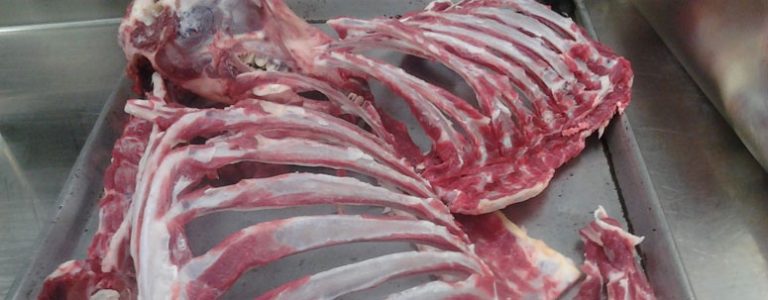
Highlights Animal by-products are the parts of an animal that are not typically consumed as food, but can still be utilized for a variety…
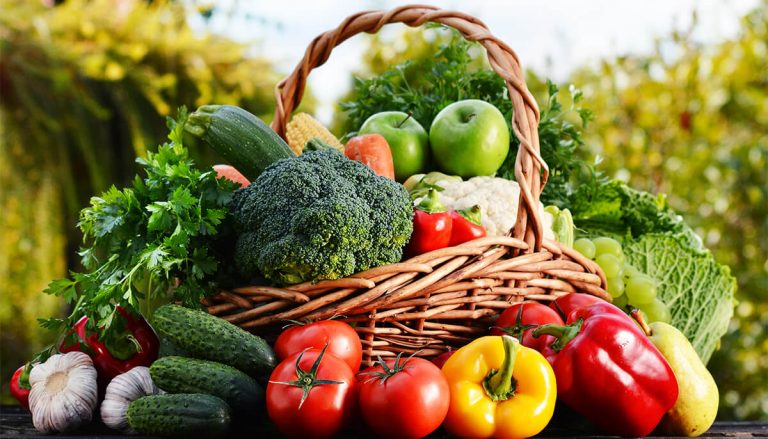
Highlights What are functional foods? Functional foods are foods that provide health benefits beyond basic nutrition. They are typically whole, fortified, or enriched foods…

Highlights: 10 steps to starting E-commerce business in the food Industry The following are the 10 steps to starting E-commerce business in the food…
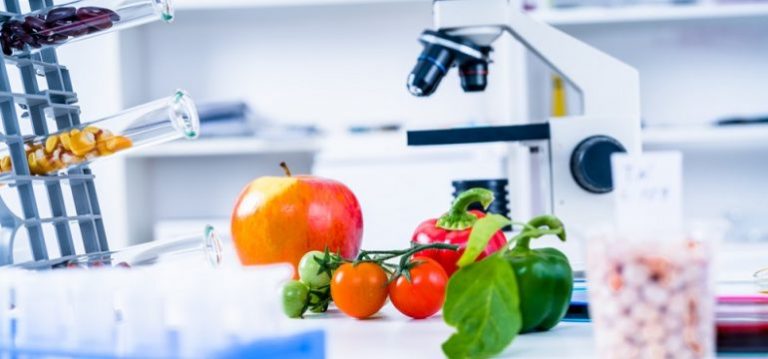
Highlights Food authenticity refers to the concept that a food product is genuine and true to its nature, and that it has not been…
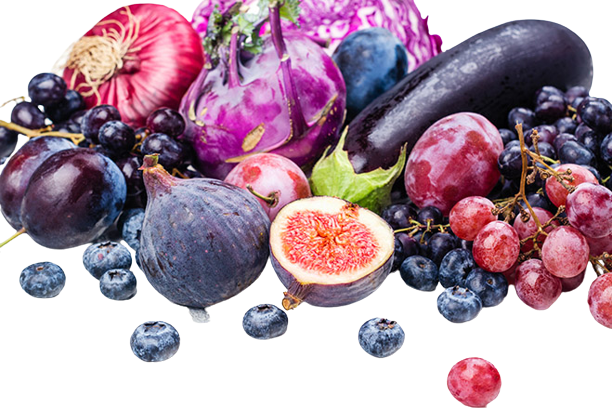
What are polyphenols Phenolic compounds are a large group of naturally occurring compounds found in many plant-based foods, including fruits, vegetables, nuts, seeds, and…
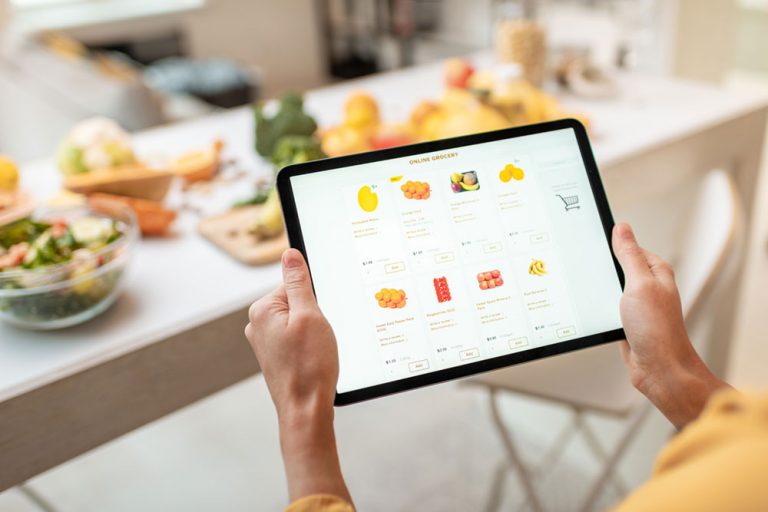
E-commerce in the food industry refers to the use of digital technologies, such as the internet and mobile devices, to sell food products online.…

Ensuring food safety is of paramount importance to protect consumers from foodborne illnesses and maintain public health. It involves implementing measures throughout the food…